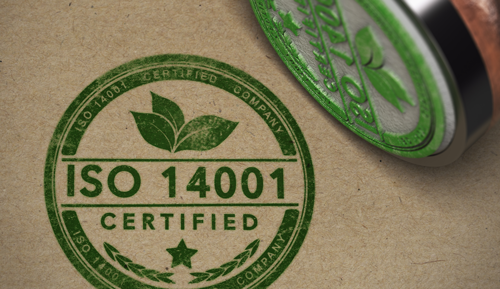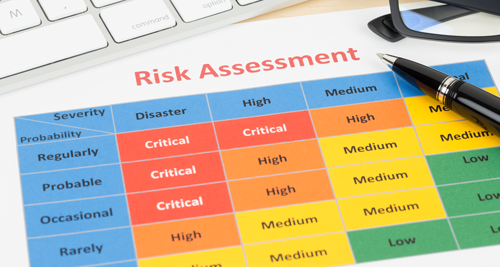What makes a good Environmental Aspects Register?
Whenever I’m assisting clients implement an Environmental Management System compliant with ISO 14001:2015, it always reminds me that putting together an effective Environmental Aspects and Impacts Register is not a simple task.
There is no formula that fits every organisation, but let me try to describe how this task might be approached.
The four qualities of a good Environmental Aspects Register
- It captures all significant environmental aspects
- It is compact, as it will be used as a checklist in many Environmental Management System procedures
- How the “environmental aspects” are defined needs to be well thought out.
- The structure of the register needs to be practical and suit its use as a primary checklist.
The first two qualities are explained in further detail in my blog – The role of environmental aspects in a ISO 14001 certified EMS. This blog explores how to define your environmental aspects and the information that should be included in your Environmental Aspects and Impacts Register.

The purpose of your Environmental Aspects and Impacts Register
Before we explore how to structure your Environmental Aspects and Impacts Register, lets answer two questions:
1. What is an environmental aspect?
ISO 14001 defines an environmental aspect as an “element of an organisation’s activities, products or services that interacts or can interact with the environment” within the scope of your Environmental Management System.
2. Why are we compiling our aspects and impacts?
Firstly, because ISO 14001 requires an Environmental Aspects and Impacts Register, and secondly, to build a checklist which can, among other things, help with identifying compliance obligations, developing operational controls, and deciding monitoring requirements.

How to best define and structure your environmental aspects
The definition of an environmental aspect is quite broad. For example, the environmental aspect may be “electricity use” or “electrical lighting” or “lighting in office area”? Thinking carefully how to structure your Environmental Aspects and Impacts Register can help bring meaning and efficiency to the functions for which it is being compiled.
It might make sense to group, as an environmental aspect, activities that share the same environmental impacts and require similar risk controls. For example, you might group together truck loading, unloading and even truck cleaning operations because they all may give rise to stormwater contamination.
Similarly, it may be efficient to group together “chemical tank operations” rather than to list each tank or each tank-operation.
I have also seen registers that group aspects with common performance indicators, for example, electricity usage for each electricity meter.
Another option is to split aspects up according to who has responsibility for the corresponding risk controls, for example, lighting in offices separated from lighting in warehouse because different managers are responsible for each are.

What information to include in your Environmental Aspects Register
Let me suggest a template we use for the Environmental Aspects and Impacts Register in our Environmental Management System documentation package. You can, of course, add or subtract information as you like.
The first thing to consider is what information you want to capture in your register? In our Environmental Aspects and Impacts Register we include, as a minimum:
- Environmental aspects
- Environmental impacts
- Links to applicable compliance obligations
- Key operational controls
- The outcome of the risk assessment (consequence, likelihood and the resulting risk rating).
- Monitoring requirements (optional)
There are two types of risk assessments that can be conducted to assess environmental risk – an inherent risk assessment (i.e. calculating the likelihood or severity of risk without any controls in place) and residual risk assessment (i.e. calculating the likelihood or severity of risk with effective controls implemented).
Of the two types, we recommend the residual risk assessment. This is because trying to assess “likelihood” of a given consequence in an inherent risk assessment (without any controls in place) is pure guesswork.
Identifying your environmental aspects and impact is a crucial component of your environmental management so, when building your Environmental Aspects and Impacts Register, consider multiple options, seek the opinions of others, and consider how the register will be used.
